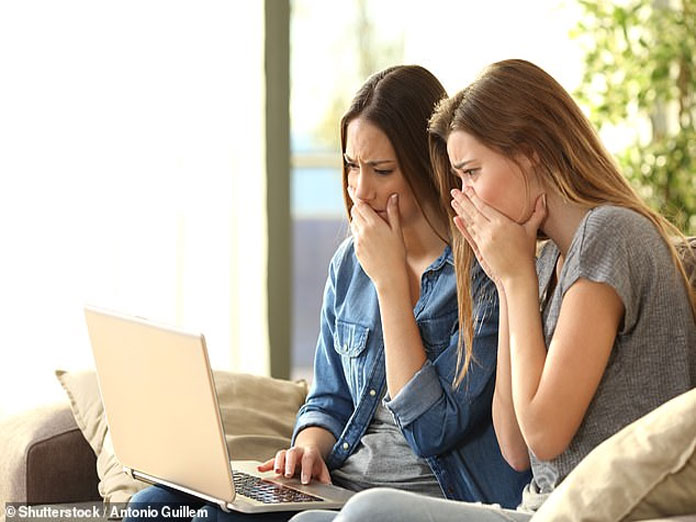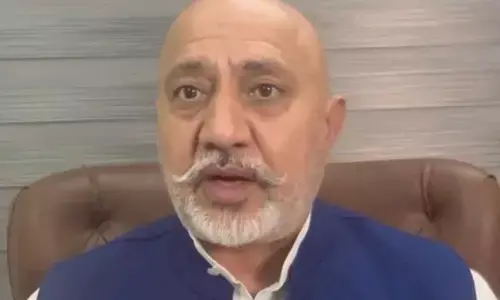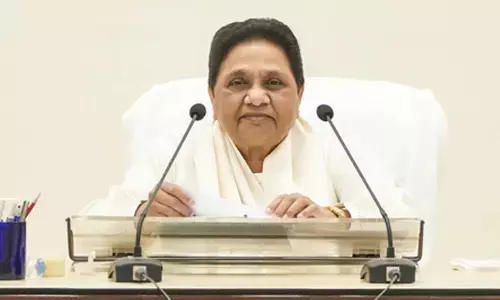Girls twice more likely to be depressed due to social media use

The study, published in the journal EClinicalMedicine, is the first of its kind to look at associations between social media and depressive symptoms
The study, published in the journal EClinicalMedicine, is the first of its kind to look at associations between social media and depressive symptoms.
Teenage girls who spend a lot of time on social media are twice more likely to develop depressive symptoms compared to boys of the same age, a study has found.
The study, published in the journal EClinicalMedicine, is the first of its kind to look at associations between social media and depressive symptoms.
Researchers from University College London in the UK analysed data from nearly 11,000 young people and found that 14-year-old girls were heavier users of social media with two fifths of them using it for more than three hours per day compared with one fifth of boys. Only 4% of girls reported not using social media compared to 10% of boys.
The findings also showed that 12% of light social media users and 38% of heavy social media users (five or more hours a day) showed signs of having more severe (clinically relevant) depression.
“The link between social media use and depressive symptoms was stronger for girls compared with boys. For girls, greater daily hours of social media use corresponded to a stepwise increase in depressive symptoms,” said Yvonne Kelly, a professor at UCL.
“For boys, higher depressive symptom scores were seen among those reporting three or more hours of daily social media use,” said Kelly.
When the researchers examined the underlying processes that might be linked with social media use and depression, they found 40% of girls and 25% of boys had experience of online harassment or cyberbullying.
The study also showed that 40% of girls compared to 28% of boys had their sleep was often disrupted. When it came to body image, self-esteem and appearance - while more girls were affected, the gap with boys was not as great.
Researchers found the most important routes from social media use to depressive symptoms were shown to be via poor sleep and online harassment. Social media use was proportionately related to less sleep, taking more time to fall asleep and more disruptions during sleep. In turn, depressive symptom scores were higher for girls and boys experiencing poor sleep. Time spent on social media was related to involvement with online harassment which had direct and indirect associations (via sleep, poor body image and self-esteem) with depressive symptom scores.
“These findings are highly relevant to current policy development on guidelines for the safe use of social media and calls on industry to more tightly regulate hours of social media use for young people,” said Kelly.
“Clinical, educational and family settings are all potential points of contact where young people could be encouraged and supported to reflect not only on their social media use, but also other aspects of their lives including on-line experiences and their sleep patterns,” he said.

















